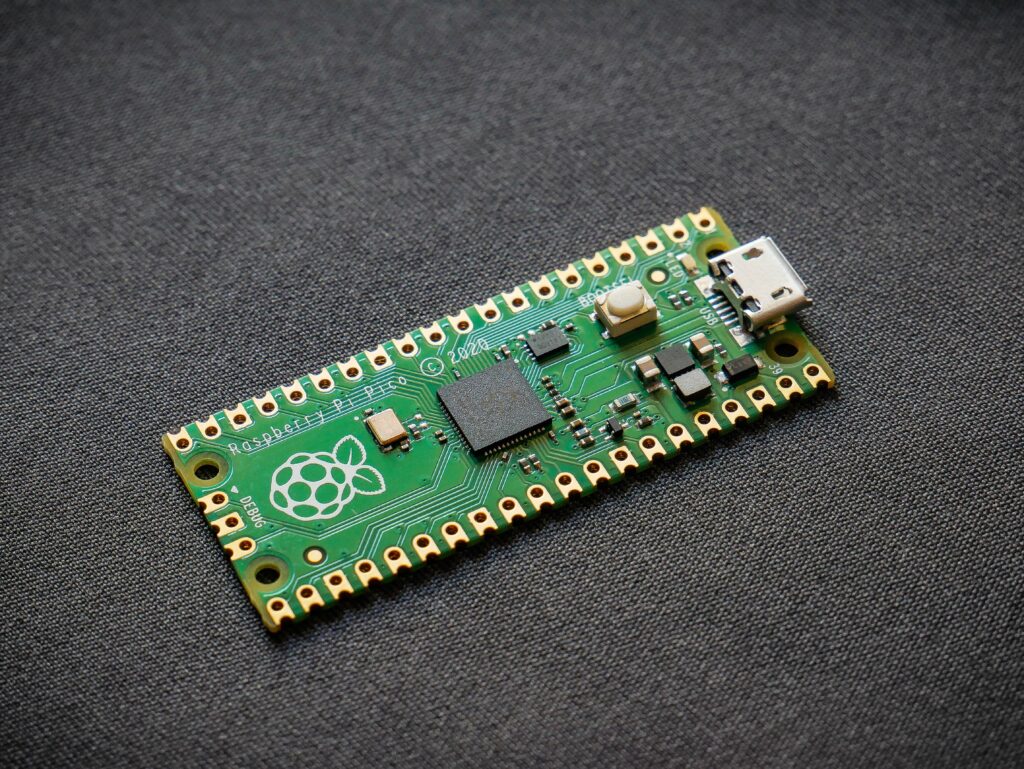
Formerly, parents permitted children to freely explore outdoors, confident in their stranger awareness. Currently, caregivers seldom allow unsupervised play, cognizant of the grave dangers associated with negligence.
Wiser parents and smarter digital users learn from life, balancing trust with caution towards suspect emails and USBs.
Alas, not all traverse the digital landscapes with such sagacity.
The Symphony of Deception: Unleashing the Menace
Security awareness is a defense against cyber threats, aiming to correct insecure behaviors. Yet, even vigilant users may succumb to deceptive links, exposing them to novel malware distribution tactics unveiled by SR Labs’ distinguished researchers in Germany.
At the Black Hat conference in LA, researchers Jakob Lell and Karsten Nohl demonstrated the reprogramming of USB stick firmware for nefarious purposes. Termed BadUSB, this surreptitious firmware modification can hijack a PC, covertly alter files, or redirect internet traffic.
The Unveiling of BadUSB: A Risky Revelation
Adam Caudill and Brandon Wilson have intensified the situation by publishing the BadUSB code on GitHub, a move that exposes the vulnerabilities to nefarious users yet argues is vital for enhancing security protocols.
With the information at hand, the responsibility for rectification rests solely with USB stick manufacturers and marketers, yet their prompt response remains elusive.
Navigating the Labyrinth: Remedies and Risk
As a temporary refuge, individuals and companies reliant on USB sticks face a dual-edged dilemma. They must exercise utmost caution regarding the USBs they introduce to their digital domains or opt for a semi-patch proposed by Caudill and Wilson.
The duo’s ‘Add no-boot-mode’ patch, though of limited use, requires manual intervention and is not universal. It fails to prevent firmware reprogramming when an attacker has physical access, an issue that necessitates an additional solution of applying epoxy to prevent pin shorting.
Caudill, in conversation with Wired, sheds light on the potential benefits of preventing a ‘hard reset’ on a USB device:
“Even with boot mode disabled, an attacker can modify a thumb drive’s firmware through physical access and ‘pin shorting.'”
The low probability of an attack from a USB stick doesn’t diminish its potential severity. Caution is vital; one must be aware of a USB’s source and past use. As for ‘pin shorting,’ it’s a risky endeavor best approached with caution.
What precautionary measures do you envision for navigating the shadows of BadUSB? Share your insights below. 🌐
